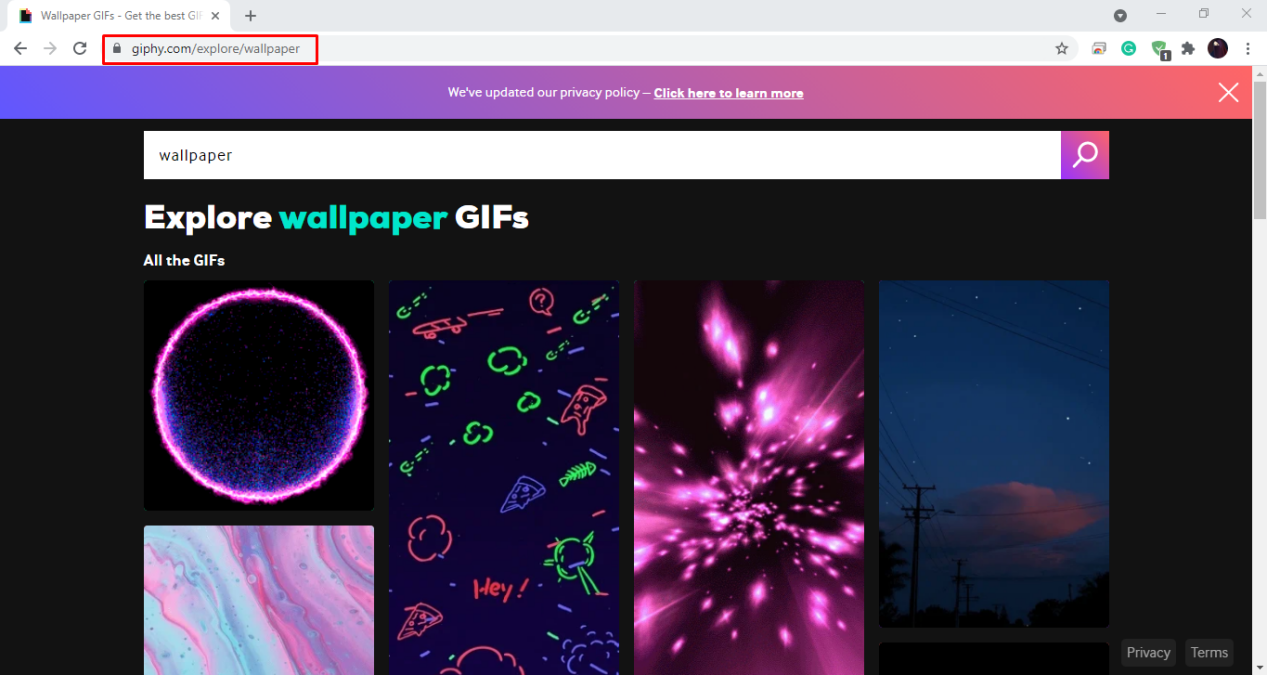

Displays a full summary of matching records that enable the user to make a more informed choice about whether they want to see more detailed information.Using the Ext JS 4 “infinity grid” feature that enables to easily and quickly browse through unlimited data volumes by loading pages of data in the background.Keeping the search form on the same page as the search results.Providing users with a single unified search form that reacts immediately to user input.
#How to set gif as wallpaper in intel xdk code#
Keeping costs in-check by using the client’s existing database infrastructure (schema & stored procedures) and porting unstructured ColdFusion code into.Our revamped interface streamlines the search process by: Revising search criteria required the user to move back-and-forth between the search GUI and the results GUI.Search results could not be customized by the end-user.The search result is organized into a difficult to use, paginated html table that didn’t provide enough information to the user in order for them to make informed selections.The GUI split the search query across five different tabs, none of which actually interacted with each other.Every action required a full-page reload.The existing GUI suffered from a number of usability problems: We chose to use Ext JS 4 and Sencha Architect for the front-end client as Sencha’s tools have excellent support for REST and the most robust grid and form field controls of any Javascript framework. Since the ColdFusion codebase could not be easily maintained, we partially redeveloped the app server layer as CORS-enabled, REST-based webservices using ASP.NET while the detailed display of records and user authentication leveraged their existing codebase, remaining in ColdFusion. The developer did implement a reasonably normalized database schema with most of the data access getting performed by SQL Server stored procedures. Thought that not commenting your code leads to job security.Thought that using ColdFusion’s built-in (and now deprecated) Verity search engine, otherwise known as “Satan’s Favorite Indexer” was a great idea.Had no concept of encapsulation whatsoever (no ColdFusion CFC’s were used).The existing application utilized an old version of ColdFusion (version 8), which isn’t normally a problem except that the original developer: Recently my company, Fig Leaf Software, was tasked by one of our longstanding customers to replace first-generation query-by-example search and admin tools that had been developed by a different vendor with a new modern interface that had to remain backwards-compatible with old versions of Microsoft Internet Explorer.


 0 kommentar(er)
0 kommentar(er)
